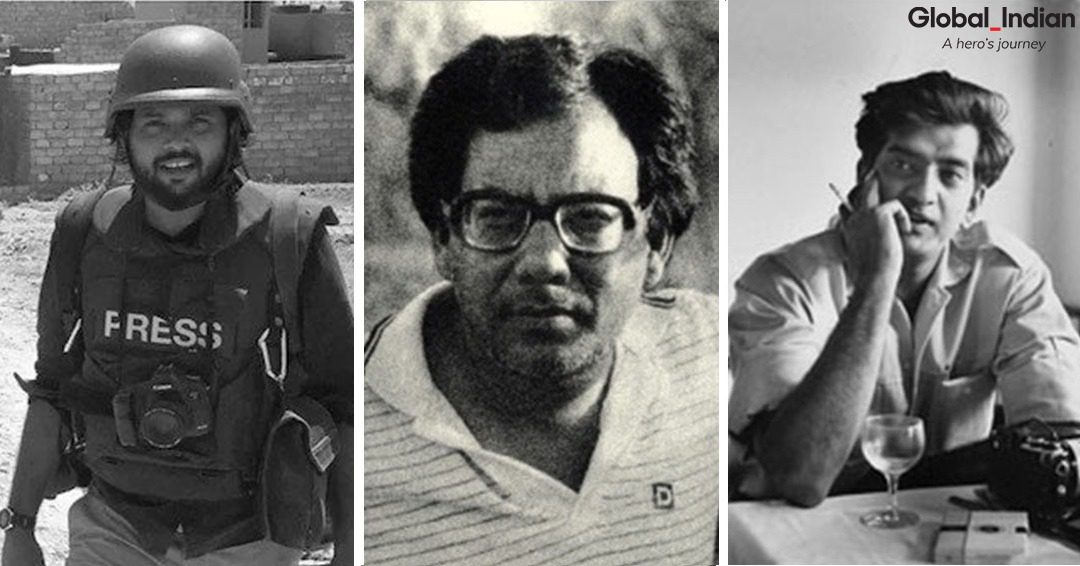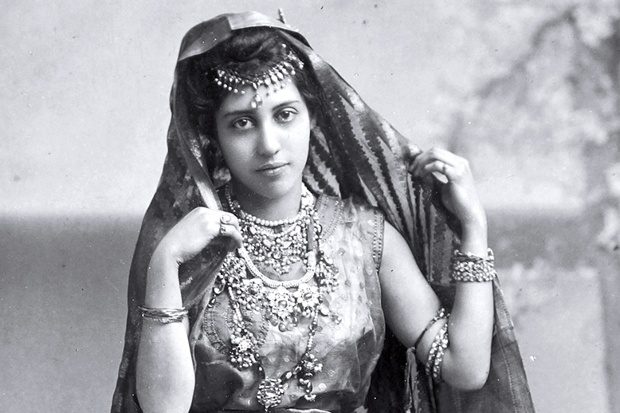(July 23, 2021; 6pm) Their work is often unsung. But journalists frequently go above and beyond the call of duty to bring to readers and viewers facts about events as they occur. Sometimes, they risk their lives when reporting from the frontlines of a battle or calamity; it is just the nature of the job. As photojournalists they attempt to put a human face to global events, as reporters they paint evocative images with their words. However, ever so often they end up paying the price for working on the frontlines. Be it while reporting during a pandemic, or from the battle lines.
Danish Siddiqui, Najmul Hasan and Priya Ramrakha were Indian-origin journalists who died young, covering war… somebody else’s war. To them though, it wasn’t about whose war it was, it was all about going that extra mile to ensure that such important events in history were recorded accurately; no matter the cost.
Danish Siddiqui, died in Afghanistan (2021)
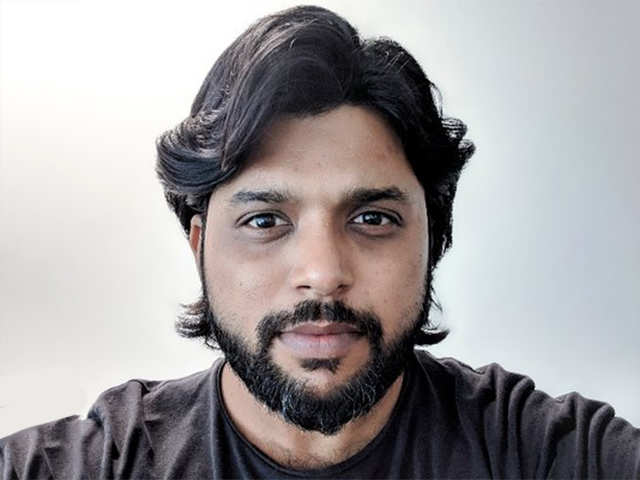
Danish Siddiqui, Indian journalists
For the Reuters photojournalist it was another day of covering the Afghanistan-Taliban conflict in Spin Boldak, Kandahar. A fierce battle was on between the two forces when Danish Siddiqui was hit by shrapnel in the arm. The Afghan forces administered first aid and the Taliban retreated soon after. Siddiqui went right back to work and was speaking to some store owners when the Taliban attacked once again, and that was when he fell.
The 38-year-old enjoyed capturing the human face of a breaking story as he wanted to shoot for the common man. A graduate of Jamia Millia Islamia in Delhi, he began his career as a correspondent for leading Indian media houses such as Hindustan Times and TV Today. Soon he realized that his real interest lay in photojournalism and he joined British news agency Reuters in 2010. Over the years, his work got noticed for the raw, human emotions he managed to capture through his lens. By 2019 he had been promoted as Chief Photographer. During his time with Reuters, he had covered the Battle of Mosul, the 2015 Nepal earthquake, the Rohingya refugee crisis, the 2019 Hong Kong protests, the 2020 Delhi riots and the ongoing COVID-19 pandemic. In fact, his series of work during the Rohingya crisis won him the Pulitzer Prize in 2018.
Committed to his profession, Siddiqui had no qualms in cutting short a vacation to report for work did the need ever arise. It is exactly what he’d done in 2017 when he was holidaying at his parents’ home in Delhi and heard about the spike in the migration of the Rohingyas. He took the next flight back to Mumbai, where he was based at the time, and caught the next flight to Bangladesh to be a part of the story.
Priya Ramrakha, died in Africa (1968)
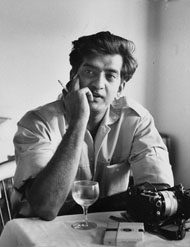
Priya Ramrakha, Indian journalists
Photojournalist Priya Ramrakha was covering a war in Africa in 1968 for the international news magazines Time/Life when he was killed in crossfire between Nigerian soldiers and Biafran rebels. The 33-year-old was a Kenyan of Indian origin and was one of the first Africans to be given a contract by Life and Time magazines. Hailing from an activist family of journalists, he studied at the Art Center College of Los Angeles. In 1963 he returned to Africa to cover the independence movement in Kenya. He went on to cover several political and military movements across Africa.
On October 2, 1968 he was covering the Nigerian Civil War along with CBS correspondent Morley Safer when he was wounded in the cross fire. Even as Safer tried to carry him to safety, he breathed his last. A documentary film African Lens: The Story of Priya Ramrakha was released in 2007. Many of Ramrakha’s finest photographs which were believed to have been lost for 40 years were found buried in a Nairobi garage in 2018. They have now been published in a book Priya Ramrakha: The Recovered Archive. According to the Priya Ramrakha Foundation, the photojournalist chronicled the anti-colonial and post-colonial struggles across Africa. His images defied stereotype, censorship and editorial demand and captured key moments in Africa from the 1950s to the 1960s.
In an article in the New Yorker, Paul Theroux describes his meeting with Ramrakha and how he examined a large mamba (snake) through his camera lens. “He cocked his head, then he raised his camera and looked through the viewfinder. He did not snap a picture; he paced around the snake and continued to examine it through his camera lens, bringing it into focus, enlarging it, studying it. I realized then that that was how he saw the world—that the camera was an extension of his brain and his eye, and that it did not shy away from danger or death.”
Najmul Hasan, died in Iran (1983)
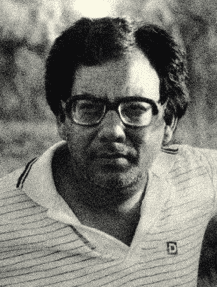
Najmul Hasan, Indian journalists
The 37-year-old Najmul Hasan had only been in Iran for three days when he was killed in a landmine explosion along with an Iranian government official. According to The Baron, the Reuters journalist was sent to cover the Iran-Iraq war in August 1983 (the fourth year of the war) when the Tehran correspondent was on leave. Three days after his arrival, he joined a party of journalists to tour the war front in western Iran. It was then that a landmine explosion cut short his life. He’d left behind a wife, Barbara and two children. His wife was then employed by Reuters as a bureau librarian.
Hasan was one of Reuters’ most seasoned correspondents in South Asia. He had earlier worked with Hindustan Times and was in the thick of every big story. He was equally adept at reporting news stories as he was at writing insightful and in-depth political analyses. He had covered stories about the Soviet intervention in Afghanistan, the presidential elections in Sri Lanka and also about the political upheavals in Nepal, Assam, and Bangladesh. His reports on the ethnic unrest in Assam in 1983 were picked up by the front pages of various leading newspapers across the world.
After his death, Reuters set up a fellowship at Oxford University in his memory to help further journalism in developing countries.
Find more fascinating Stories

